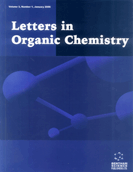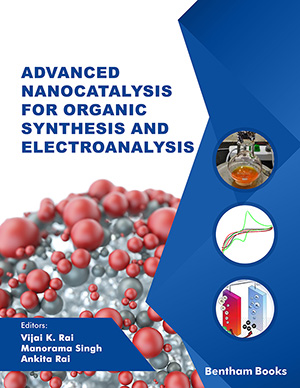Abstract
A total of eleven ortho-carboxamidostilbene derivatives were synthesized through Heck coupling with a different type of amide derivatives. These compounds were characterized by FTIR, 1D- and 2D-NMR as well as mass spectroscopy analysis (HRESIMS). The synthesized compounds were tested for their cytotoxic potential against four human cancer cell lines (MCF-7, MDA-MB-231, MCF-7/TAMR-1, and A549), as well as two human normal cell lines (MCF-10A and BEAS-2B) using tamoxifen and cisplatin as a positive control. The active compound has proceeded with molecular docking on the colchicine binding site of tubulin protein using AutoDock Vina and Biovia Discovery Studio. Compounds 6a, 6d-6k exhibited selective cytotoxic activity against A549 cells rather than breast cancer cell lines. Compounds 6d, 6f, and 6g showed moderate cytotoxicity to A549 cells after 72 hours, with IC50 values of 10.4 μM, 6.47 μM, and 8.99 μM, respectively. Interestingly, these compounds had a high selective index (SI) value against A549 lung cancer cells, ranging from 8.87 to 15.4 μM. Molecular docking studies for compounds 6d, 6f, and 6g on the colchicine binding site of tubulin protein, α- and β-subunits were done to comprehend and research ligand-receptor interactions.
Keywords: Ortho-carboxamidostilbenes, heck coupling, MTT assay, cytotoxic activity, molecular docking, β-subunits.
[http://dx.doi.org/10.1038/s41580-020-0214-3] [PMID: 32107477]
[http://dx.doi.org/10.1042/BCJ20190123] [PMID: 31085712]
[http://dx.doi.org/10.3389/fpls.2014.00511] [PMID: 25339962]
[http://dx.doi.org/10.3390/ph13010008] [PMID: 31947889]
[http://dx.doi.org/10.1016/j.tcb.2018.05.001] [PMID: 29871823]
[http://dx.doi.org/10.3390/molecules25163705] [PMID: 32823874]
[http://dx.doi.org/10.3322/caac.21492] [PMID: 30207593]
[http://dx.doi.org/10.1016/j.cell.2006.11.001] [PMID: 17110329]
[http://dx.doi.org/10.1155/2012/676731] [PMID: 22505933]
[http://dx.doi.org/10.1155/2016/3128951] [PMID: 26798416]
[http://dx.doi.org/10.1038/nrd2060] [PMID: 16732220]
[http://dx.doi.org/10.1126/science.275.5297.218] [PMID: 8985016]
[http://dx.doi.org/10.1002/cmdc.201700045] [PMID: 28266812]
[http://dx.doi.org/10.1016/j.bmc.2013.06.048] [PMID: 23867387]
[http://dx.doi.org/10.2174/0929867323666160517121629] [PMID: 27183980]
[http://dx.doi.org/10.22159/ajpcr.2018.v11i4.23995]
[http://dx.doi.org/10.1002/jcc.21256] [PMID: 19399780]
[http://dx.doi.org/10.3390/ijms141223369] [PMID: 24287912]
[http://dx.doi.org/10.1016/j.molstruc.2021.131007]
[http://dx.doi.org/10.1016/j.phytochem.2017.01.021] [PMID: 28173950]
[http://dx.doi.org/10.1016/j.steroids.2006.10.009] [PMID: 17169390]
[http://dx.doi.org/10.1002/9783527645640]
[http://dx.doi.org/10.1021/jm00112a036] [PMID: 1875350]
[http://dx.doi.org/10.2478/s11658-013-0094-z] [PMID: 23818224]
[http://dx.doi.org/10.1002/ajh.21104] [PMID: 18175355]
[http://dx.doi.org/10.3109/14756360902787055] [PMID: 19912057]
[http://dx.doi.org/10.1038/s41419-018-0476-2] [PMID: 29670107]
[http://dx.doi.org/10.1007/s10616-018-0227-3] [PMID: 29808373]
[http://dx.doi.org/10.1016/j.biopha.2020.110973] [PMID: 33378993]
[http://dx.doi.org/10.1002/jcc.20084] [PMID: 15264254]
[http://dx.doi.org/10.1016/j.jmgm.2005.12.005] [PMID: 16458552]
[PMID: 24861624]



























